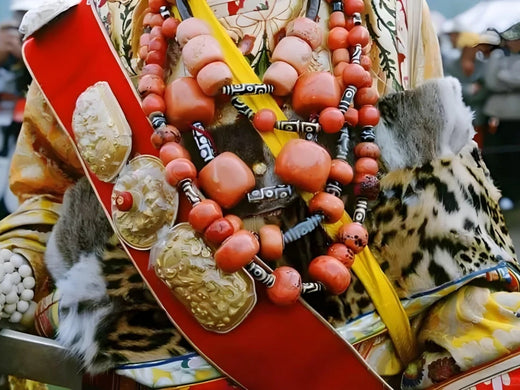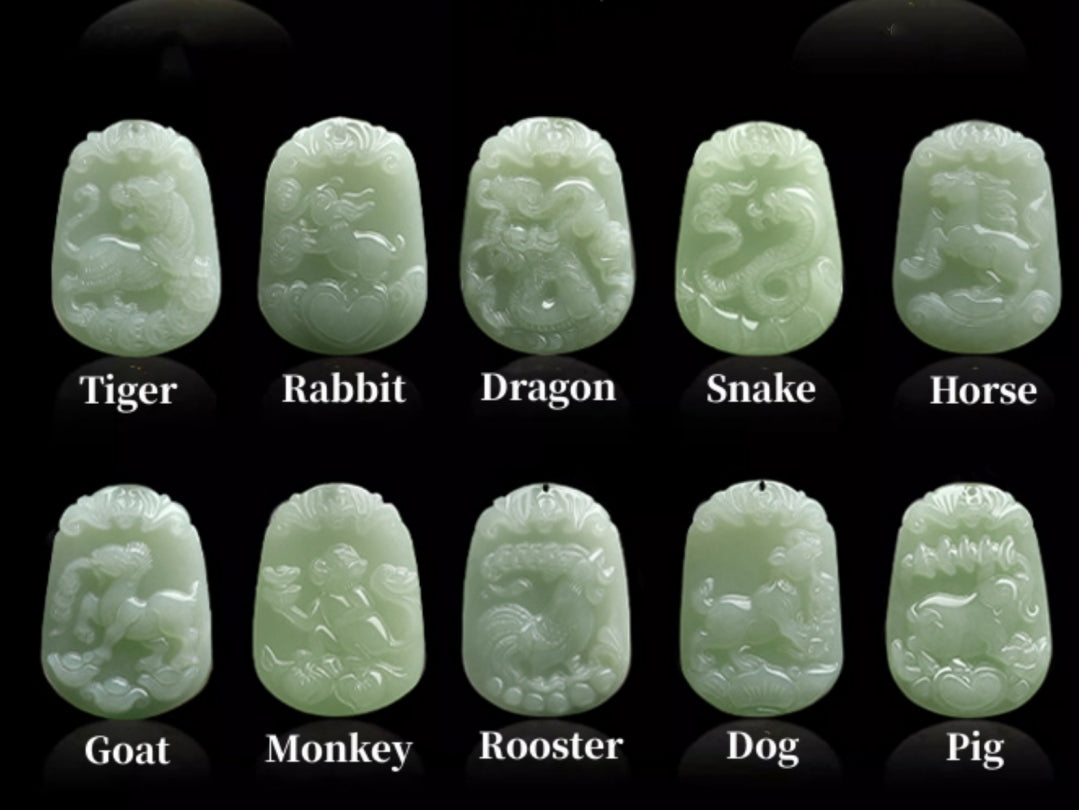Tibetan Buddhist jewelry is a fascinating blend of cultural heritage, spiritual significance, and artistic craftsmanship. Its history and evolution reflect the deep-rooted traditions and beliefs of the Tibetan people. In this blog post, we will explore the journey of Tibetan Buddhist jewelry from its origins to its modern-day forms.

Ancient Origins
The roots of Tibetan Buddhist jewelry can be traced back to ancient times when Tibetans used simple materials like bones, stones, and shells for adornment. These early ornaments were not only decorative but also served practical purposes, such as symbolizing social status or offering protection from evil spirits. As Buddhism spread to Tibet in the 7th century, it brought with it a rich tradition of symbolic imagery and spiritual practices that greatly influenced the design and purpose of jewelry.
Influence of Buddhism
With the introduction of Buddhism, Tibetan jewelry began to incorporate religious symbols and motifs. The eight auspicious symbols, such as the endless knot, the lotus, and the conch shell, became popular elements in jewelry design. These symbols were believed to bring good fortune, protection, and spiritual blessings to the wearer. Additionally, the use of sacred materials like turquoise, coral, and agate was prevalent, as they were thought to possess healing and protective properties.

Craftsmanship and Materials
Tibetan artisans are renowned for their skill in crafting jewelry. Traditional techniques include filigree work, repoussé, and engraving, which are used to create intricate designs on metals like gold, silver, and copper. Over time, the materials used in Tibetan jewelry have evolved. While precious metals and gemstones remain popular, modern jewelry also incorporates contemporary materials like stainless steel and synthetic gemstones, making it more accessible to a wider audience.

Cultural and Spiritual Significance
Throughout its history, Tibetan Buddhist jewelry has been more than just an accessory. It is a symbol of cultural identity and a tangible connection to spiritual beliefs. Each piece tells a story of the wearer's faith, aspirations, and connection to the divine. The jewelry is often passed down through generations, carrying with it the blessings and wisdom of the past.
Modern Evolution
In recent years, Tibetan Buddhist jewelry has gained popularity worldwide. Designers have adapted traditional motifs to suit modern tastes, creating pieces that appeal to both spiritual seekers and fashion enthusiasts. The global interest in mindfulness and spirituality has also contributed to the resurgence of Tibetan jewelry, as people seek meaningful accessories that reflect their values and beliefs.

Conclusion
The history and evolution of Tibetan Buddhist jewelry is a testament to the enduring spirit and rich cultural heritage of Tibet. From its humble beginnings to its modern-day forms, this jewelry continues to be a powerful symbol of faith, protection, and beauty. Whether worn for spiritual purposes or as a fashion statement, Tibetan Buddhist jewelry remains a cherished part of the world's cultural tapestry.



